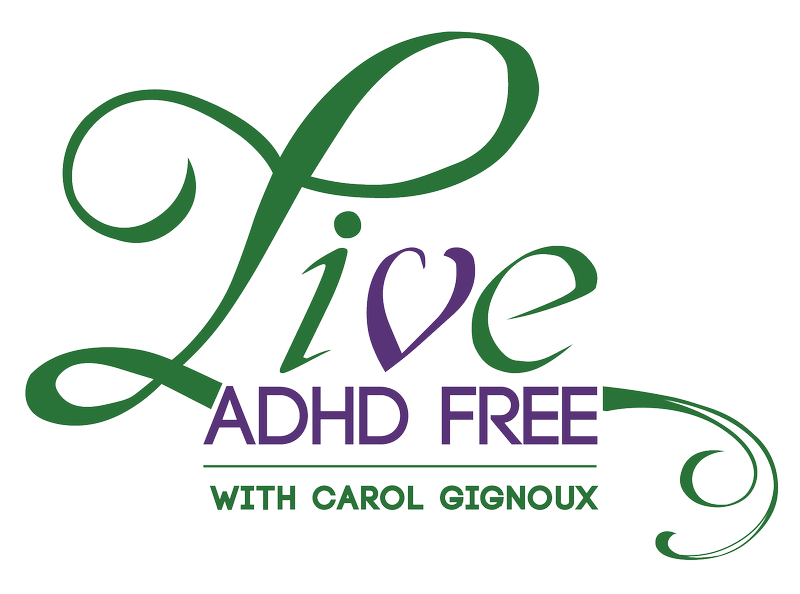Last month, the FDA approved the first medical device for ADHD treatment in children. The device, intended for children ages seven to 12 and not on medication, delivers low-level electrical pulses to the parts of the brain responsible for ADHD symptoms. This isn’t groundbreaking technology, but it does represent the first FDA approval for such a device.
Experts Respond to New Device
The new medical device has drawn mixed responses. Some tout it as a non-medicinal way to treat ADHD symptoms. Others see it as dangerous since it directly impacts a developing brain. However, in a clinical trial of 62 children, the external Trigeminal Nerve Simulation System (eTNS) was able to increase activity in the regions of the brain that regulate attention, emotion, and behavior. Compared to a placebo, those using the device had statistically significant improvement in ADHD symptoms. Those involved in the trial have requested additional research to see if these changes are long-term and also to investigate any impact to brain development with prolonged use.
There were no serious side effects reported during the trial, although, some could experience fatigue, trouble sleeping, teeth clenching, headaches, and increased appetite.
So, Is this New ADHD Treatment the Magic Answer?
Well, it’s way too early to determine the impact of the new medical device. Stimulation to certain brain areas has been a successful way to treat other ailments such as epilepsy and depression. With anything new and shiny, many people will want to try it out. It’s not currently covered by insurance, so this limits its availability. Starter packs for the device right now cost a little over $1,000, making it out of reach for many.
In determining whether this is right for your child, you should consult with your physician team to understand exactly how it works and what the risks might be.
What we’ve come to understand about this medical device, or any other ADHD treatment is that it’s not a one-size-fits-all. Rather, much of the time to successfully help those with ADHD, it requires a balance of many things.
This medical device along with popular prescription medications can help with the physiological aspects of ADHD. But ADHD, which we refer to as having an innovator brain, is multi-faceted. It also impacts different people in different ways, especially in females versus males.
The individuals we work with often have a medicinal component to their treatment. But it’s not take a pill, and you’re good to go. Or stimulate your brain, and your symptoms disappear. A well-rounded approach to ADHD treatment is ideal, which should include ADHD coaching. ADHD coaching is based on changing behaviors and habits for the long-term; it’s permanent change.
The eTNS could be a great new tool to add to the things that experts recommend for treating ADHD. If you are considering it for your child, do your research and ask lots of questions. Only time will tell how innovative and revolutionary the new device is, but it’s probably never going to be a substitute for behavioral modification through ADHD coaching.

